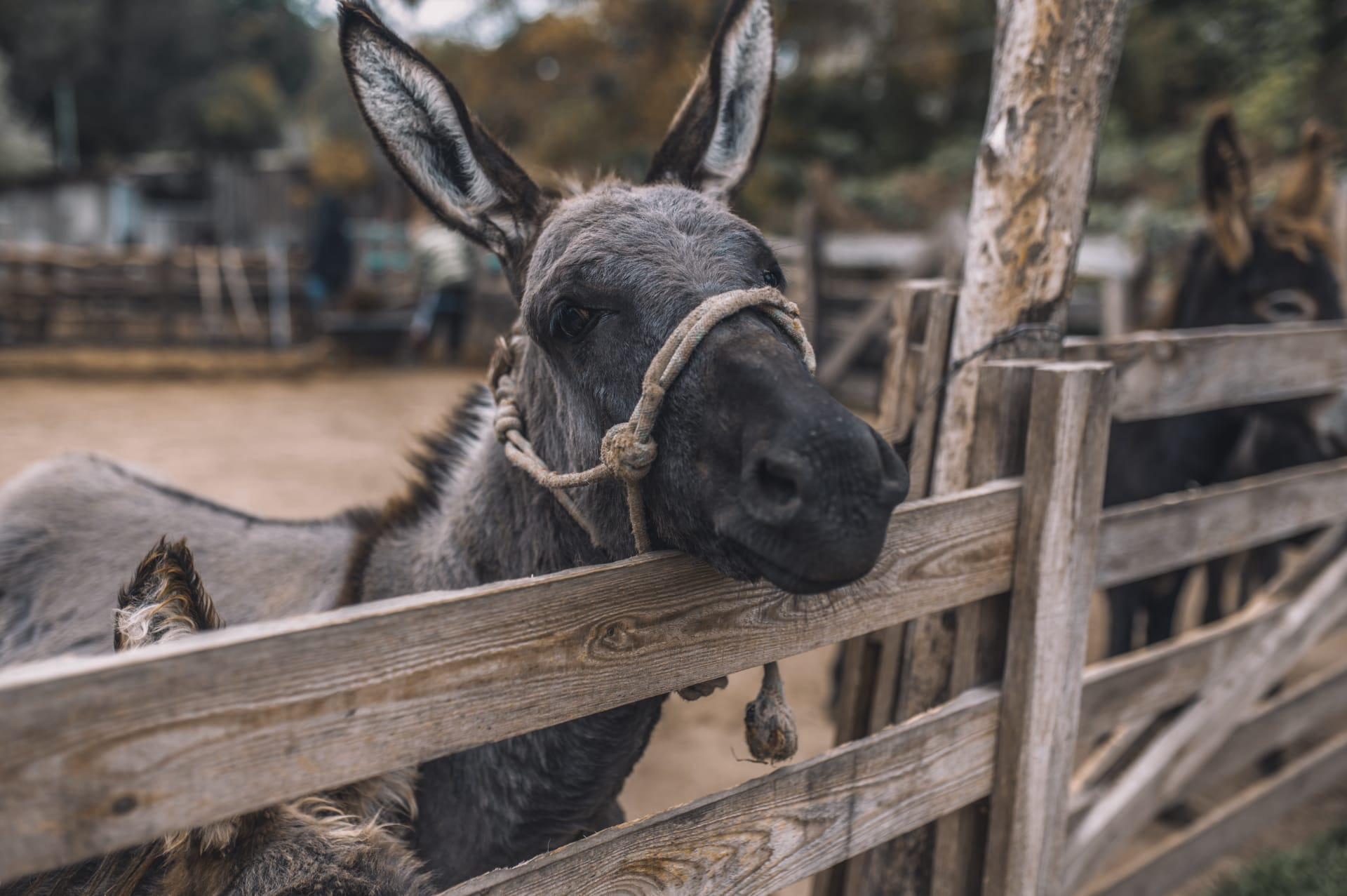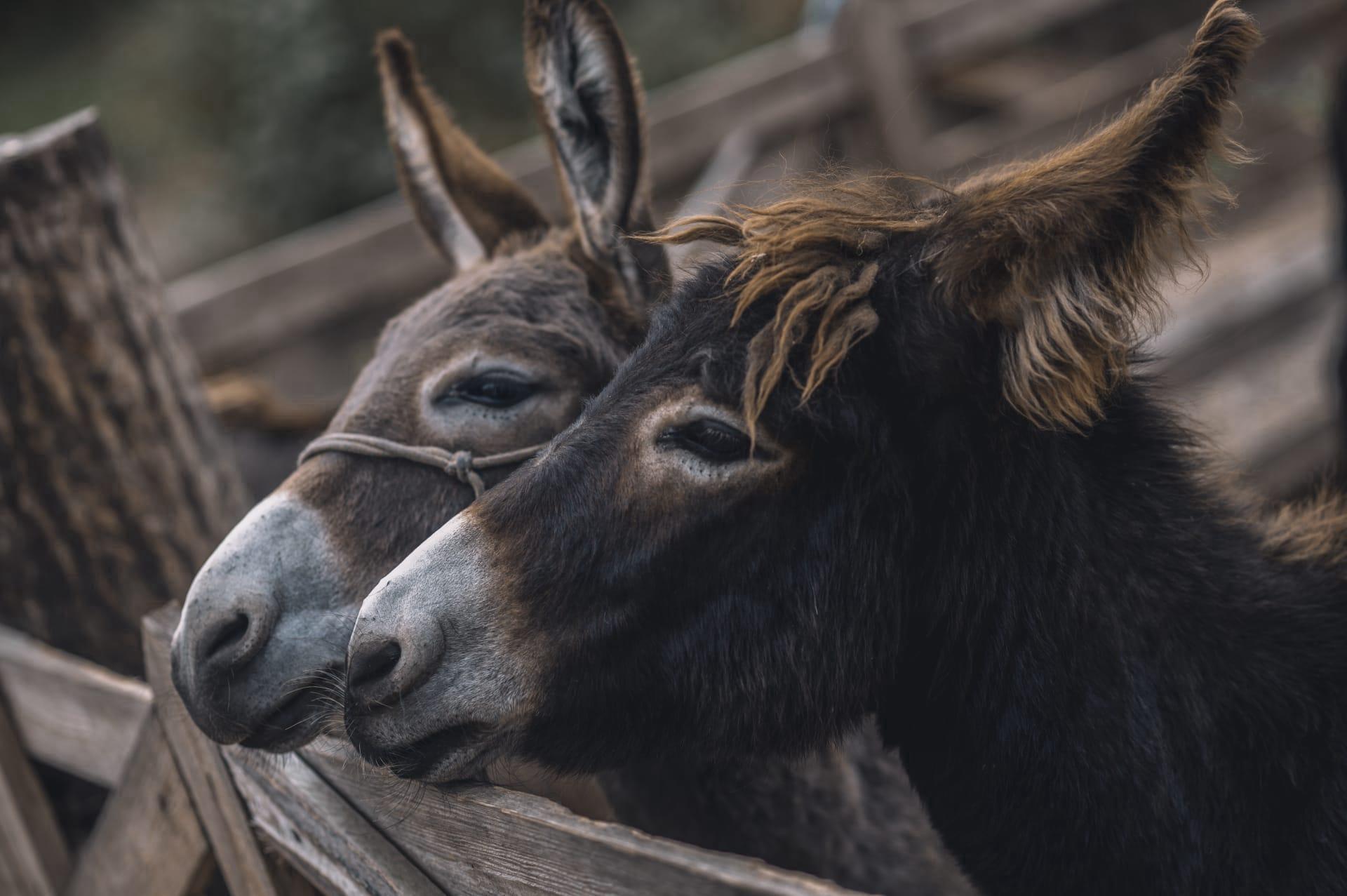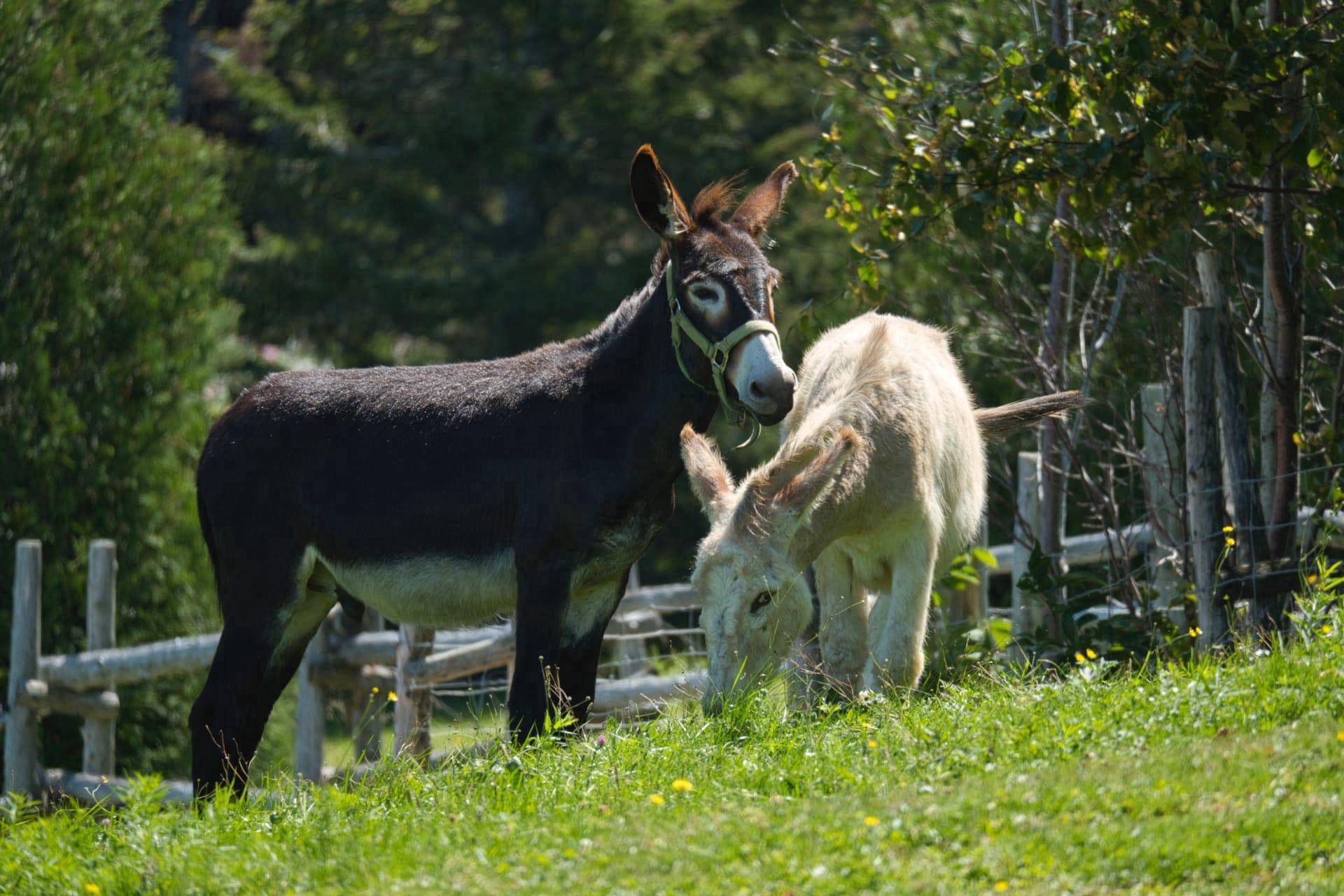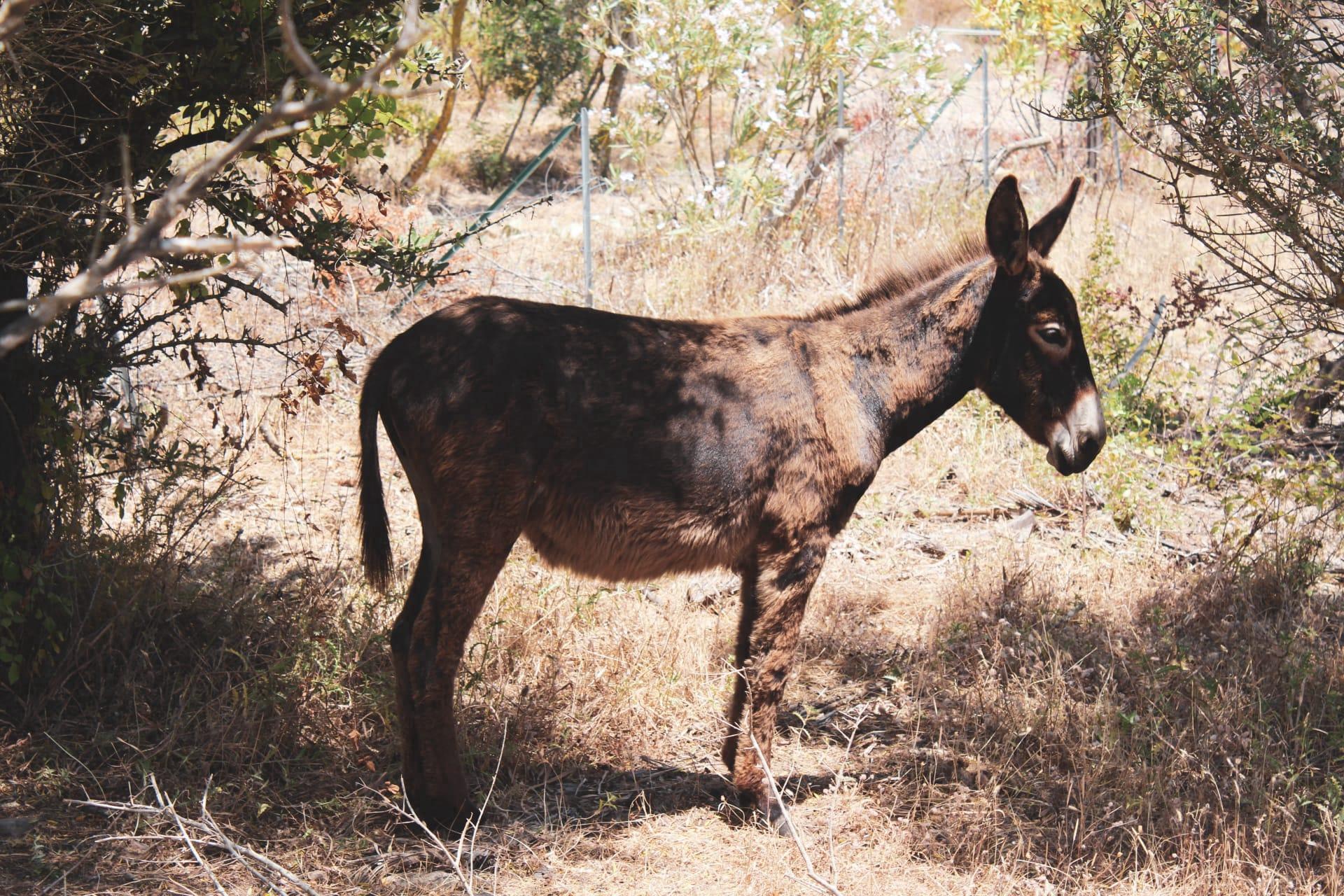Donkey
- Home /
- Mini Encyclopedia /
- Animal /
- Donkey
1
Donkeys, belonging to the Equidae family and classified as Equus asinus, are intriguing creatures that have been domesticated for over 5,000 years. Originating from Africa, these sturdy animals are characterized by their long ears, which are excellent for dissipating heat. Genetically, donkeys have 62 chromosomes, differing from horses which have 64. This difference plays a crucial role in the characteristics of their hybrid offspring, mules.
Donkeys are widely distributed across the world, with a significant presence in developing countries. They thrive in varied environments, from arid deserts to mountainous terrains. The global population of donkeys is estimated to be around 50 million. Africa has the largest population, particularly in countries like Ethiopia, which alone houses over 7 million donkeys. These animals are not only vital for transport and agriculture in rural areas but also play a significant role in the economies of these regions.

2
Question: Is it true that donkeys are stubborn and unintelligent?
Answer: This is a common misconception. Donkeys are actually quite intelligent and cautious. Their so-called 'stubbornness' is often a manifestation of their highly developed sense of self-preservation. They tend to avoid situations that seem unsafe, which can be misinterpreted as stubborn behavior. Donkeys have excellent memory and problem-solving skills, making them capable of navigating complex environments and remembering paths and locations for years.

3
Donkeys have adapted various strategies to survive in harsh environments. Their ability to consume less food and water than most livestock makes them well-suited for arid regions. Their digestive system efficiently processes roughage, extracting maximum nutrients. Furthermore, donkeys have a remarkable ability to conserve water, reducing their need for frequent drinking.
Their social structure also contributes to their survival. Donkeys often form strong bonds with other donkeys and even with different species. This social interaction provides them with protection against predators. Their vocalizations, such as braying, are not just for communication but also serve as a deterrent to potential threats.

4
In ecosystems, donkeys play a multifaceted role. They serve as seed dispersers, aiding in the propagation of various plant species. By consuming different vegetation, they help maintain the balance of flora in their habitats. This grazing behavior can prevent overgrowth and aid in fire prevention by reducing fuel loads in certain environments.
Moreover, donkeys contribute to the biological control of pests. By feeding on insects and other small creatures, they can help reduce pest populations. In many regions, donkeys are also an integral part of sustainable farming practices, assisting in plowing fields and transporting goods, thereby reducing the need for mechanized vehicles and contributing to lower carbon emissions.

5
Film: "The Donkey Sanctuary" (United Kingdom, 2017) - This documentary showcases the efforts of the Donkey Sanctuary in the UK. It highlights the rescue and rehabilitation of donkeys, emphasizing their emotional intelligence and the bond they form with humans. The film provides insight into the challenges donkeys face worldwide and the importance of their welfare.
Book: "The Wisdom of Donkeys" (United States, 2008) by Andy Merrifield. This book explores the author's journey through rural France accompanied by a donkey. It delves into the nature of donkeys, their history with humans, and the lessons they can teach us about simplicity, patience, and the environment.
Book: "Donkey: The Mystique of Equus Asinus" (Canada, 2006) by Michael Tobias and Jane Morrison. This book combines scientific research with cultural history to present a comprehensive view of donkeys. It covers their evolution, their role in human civilization, and the challenges they face in the modern world, advocating for their conservation and respectful treatment.